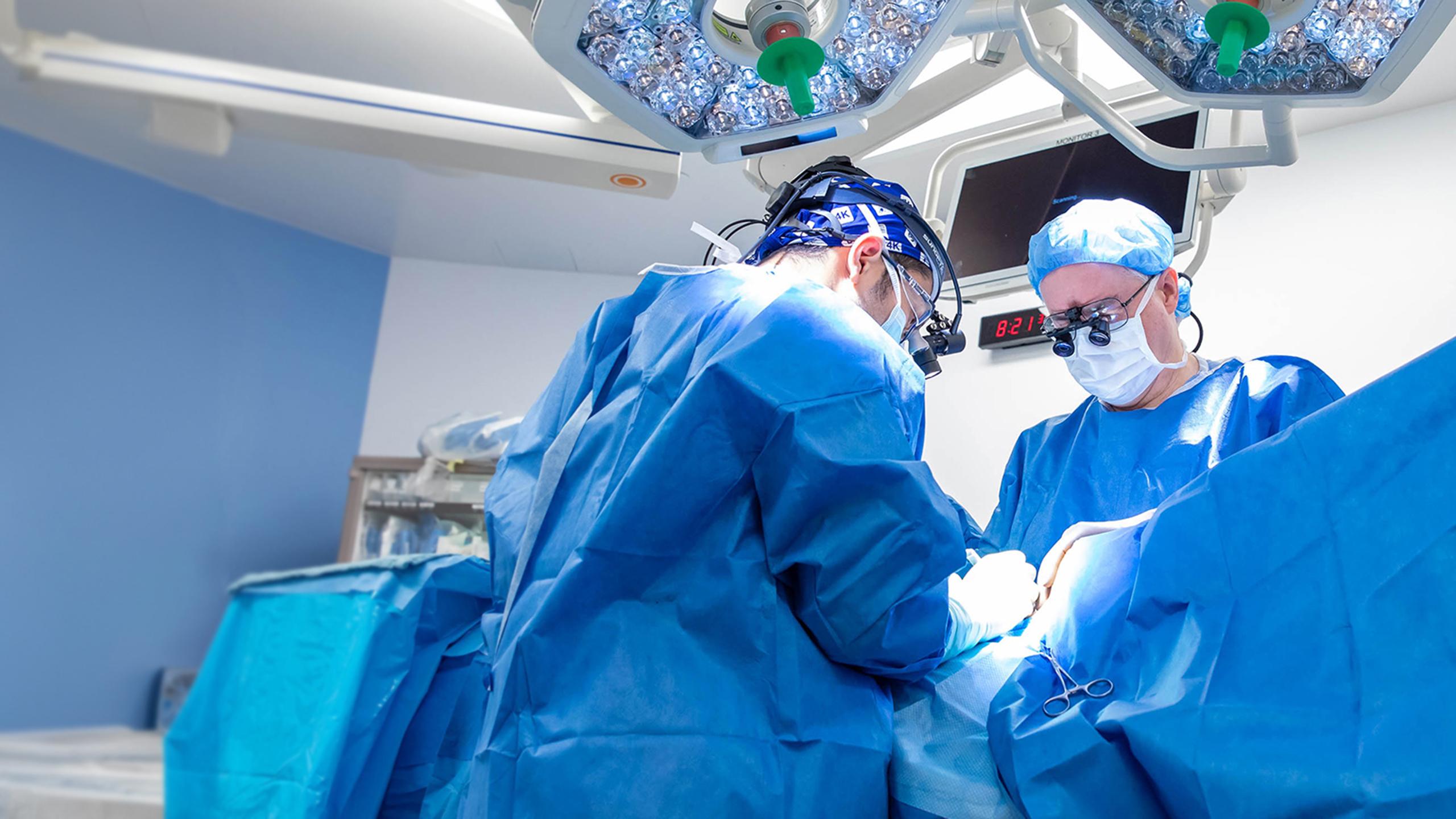Endometrial Hyperplasia
Learn more about endometrial hyperplasia and how it is treated.
Overview
Endometrial hyperplasia is a condition that involves the thickening of the uterine lining (endometrium).
Some types of endometrial hyperplasia can develop into endometrial cancer if left untreated. Treatment can help prevent endometrial hyperplasia from becoming cancerous.
Symptoms of endometrial hyperplasia include abnormal vaginal bleeding and heavy periods.
Types of endometrial hyperplasia
Different types of endometrial hyperplasia are grouped into two categories.
Endometrial hyperplasia without atypia
These types of endometrial hyperplasia are not likely to become cancer. They involve an overgrowth of normal endometrial cells that may go away with time or be treated with hormones.
Atypical endometrial hyperplasia
Atypical endometrial hyperplasia has a higher chance of developing into cancer. It involves an overgrowth of abnormal cells that should be treated to reduce the risk of cancer.
Diagnosing endometrial hyperplasia
Symptoms of endometrial hyperplasia can include:
- Bleeding between periods
- Heavy periods
- Menstrual cycles shorter than 21 days
- No period at all (before menopause)
- Bleeding after menopause
Having these symptoms does not necessarily mean you have endometrial hyperplasia. Abnormal menstrual bleeding can by a symptom of many conditions.
If you have these symptoms, several tests can help make a diagnosis.
Ultrasound
A transvaginal ultrasound is often used to help diagnose endometrial hyperplasia. During the ultrasound, a probe is inserted into the vagina to examine the uterus and ovaries.
Endometrial biopsy
A physician may use a thin tube and a small brush to take a sample of the endometrium. This tissue sample is examined under a microscope in a laboratory to see if cancer cells are present.
Hysteroscopy
Hysteroscopy is a minimally invasive procedure that allows a gynaecologist to examine the inside of the uterus in order to diagnose or treat a variety of conditions.
A thin tube called a hysteroscope is inserted through the vagina and into the uterus. A hysteroscope contains a small camera, a light and a surgical instrument. Images from the camera are shown on a screen so the gynaecologist can see inside the uterus.
Treatment
If you have been diagnosed with endometrial hyperplasia, your health-care team will discuss your options with you. We will help you weigh the benefits of each treatment option against the possible risks and side effects.
Endometrial hyperplasia is often caused by hormonal imbalance. The most common treatment involves progestin therapy. This can be a daily pill, an IUD, an injection or a vaginal cream.
If you are higher risk of developing cancer and do not respond to progestin therapy, your health-care provider might recommend a hysterectomy to remove your uterus.







